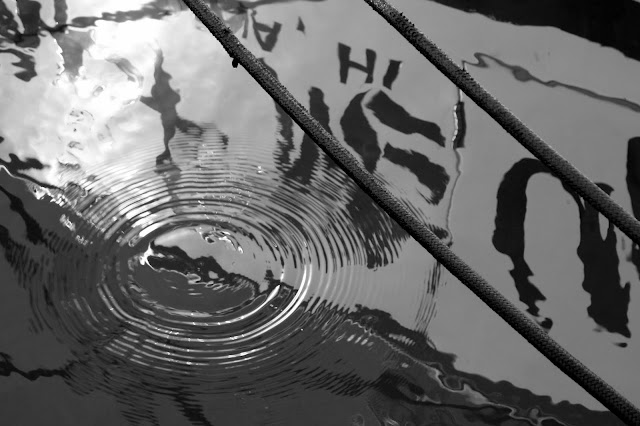Rhotarua
Rhotorua is a beautiful place, though it smells constantly like flatulents. The sulfuric steam rising from the hot springs scattered throughout the area add a mystical touch to the town’s atmosphere. It is a town of purposeful adventures, tight-knit community pride, and cultural appreciation. It is well known for its displays and public education of Maori history and traditions, and so we thought it a perfect place to learn a little more about the country and its people that we found ourselves in.
At the Te Puia Community Center we caught a traditional Maori performance, traditional wood carving and weaving displays, a kiwi hut, and walked the grounds of some sacred Maori sites. The Maori performance was interesting. The famous Haka is an extremely intimidating performance blazed by warriors in preparation for battle in which they cause their eyes to bulge and extend and flick their tongues at their apponents. By doing this they transform from mere mortals to resemble what I imagine a demon-posessed being would look like. If anyone has ever seen the New Zealand rugby team The All Blacks play, the’ve most likely seen a large-group Haka and how scary it is. And it does the job. It seems to scare the other teams just enough because the All Blacks are the greatest rugby team in the world. Here is a link to a Haka:
Despite my amazement in face of the tremble-inducing Haka, I couldn’t help but uncomfortable during all of the performances. Memories of the Maasai cultural manyatta in Kenya kept tapping at my senses and asking me to ponder the alterations that may have been made to any one of the Maori songs (especially because they were all sung to the strumming of a guitar) and dances to appeal to tourists. Is turning Maori culture and traditions into a tourism industry as sacrilege to some people here as it is to those involved with the Maasai? How do the Maori feel? Surprisingly, when I brought the thought up with Connor and Garrett they jumped on it; the lack of authenticity had bore an awkward place in their guts too. “And besides,” said the 18-year old Connor, “they didn’t have guitars.”
I felt that we had seen something we shouldn’t have, like the first time I helped our kennel groom shave a cat. The tabby had stared us down afterwards with eyes replete with a defiled and accusing hatred, daring us to look upon her new and unnatural form. Only when I got to watch the traditional and, because it’s the nature of art, ever-evolving carving of wood and weaving of fabric into Maori stories did I shake my feelings of unwarranted shame and guilt and disrespect. Art I could appreciate. Art I could understand. Art is allowed to take influence and hold history and blend the two into an image of a richer splendor. But I conflict myself. Isn’t performance art and don’t all cultures evolve and shift and change? That’s a philosophical discussion I will save for another time.
We continued on and toured the Center-adjacent and traditionally sacred sulfur pools and were educated on and observed the critically endangered Kiwi bird. Like 40% of New Zealand’s bird species that have been lost to us forever, the kiwi bird is being decimated to extinction by introduced mammals. This bird, which is an icon in the country and the reason New Zealanders are termed ‘Kiwis,’ is receiving massive conservative support that will, unfortunately and likely, not be enough. Its case, like the alterations undertaken by the cultural traditions of the Maori, are testament to the fact that only we are responsible for the world we lose.
Rhotorua was ultimately an educational experience. It spurred good conversation between the members in my family on issues that can be applied internationally. We were blessed to see, perhaps for the first and last time, a live kiwi bird. Then we got to soak our weary bones in hot springs and, like so many of us lazy souls in the world, watch the worries evaporate off our skin without doing a darned thing about them.
Gotta love missing the crowd.










Comments
Post a Comment